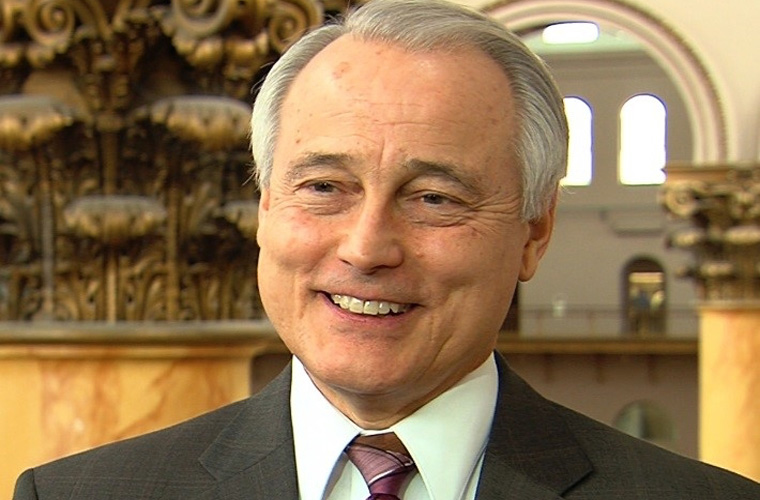Dr. James R. Brodrick—lighting program manager for the U.S. Department of Energy (DOE) and a regular columnist in LD+A since 2008—has retired after 23 years of DOE service. Brodrick is the architect of a unique federal strategy to accelerate the development of solid-state lighting (SSL) technology. His vision and innovative planning laid the groundwork to continually move the technology and industry to the highest levels of energy efficiency and lighting quality possible, resulting in maximum energy savings from the new technology. Drawing on extensive technical and market knowledge gained from his education, private sector experience and many years of DOE service, Brodrick designed a comprehensive DOE SSL program that encompassed research, development and market introduction strategies.
Brodrick received his Ph.D. in mechanical engineering, and worked with the Gas Research Institute, Carrier Corporation, Battelle, and other organizations during his private sector years. With DOE, he developed many innovative programs in research and market transformation, including the CALiPER testing program and the LED Lighting Facts database. His SSL program has encompassed almost 290 R&D projects, resulting in more than 290 patents applied for or awarded since DOE first began funding SSL R&D in 2000.
Brodrick directed the 2006 study Compact Fluorescent Lighting in America: Lessons Learned on the Way to Market, which identified lessons that could be applied to SSL to avoid the mistakes of the past. These lessons were key to the design of the CALiPER testing program, GATEWAY field evaluations, the LED Lighting Facts program, and technology competitions such as the L Prize. Under Brodrick’s tenure, DOE leadership and technical support also drove the development of new industry standards and test procedures needed to accommodate the technical differences between SSL and traditional light sources, including LM-79, LM-80 and TM-30.
Brodrick forged strong partnerships between DOE, researchers, industry, lighting specifiers and users, and standards and testing bodies—including the Next Generation Lighting Industry Alliance, the IES and the IALD—to realize the full potential of SSL technology. In addition, the program engages with other agencies, including the National Institute of Standards and Technology, the National Institutes of Health, the U.S. Department of Agriculture, the National Park Service and the Federal Highway Administration.
Over two decades, Brodrick convened more than 35 workshops that each drew hundreds of lighting experts from across the U.S. and around the world, to engage partners in open, interactive discussions that informed DOE planning. The DOE SSL R&D Plan, updated annually with inputs from the lighting community, is widely referenced by industry and government both in the U.S. and abroad.
As SSL technology evolved, so too did the SSL program. In 2015, Brodrick launched the DOE Connected Lighting Initiative to identify and address connected lighting technology development needs. At the same time, CALiPER testing and GATEWAY field evaluations shifted focus to new and emerging SSL products, such as tunable lighting systems.
New and evolving frontiers in lighting—related to spectral tuning, lighting application efficiency, human physiological impacts of lighting, and horticultural and agricultural applications—are raising important new questions that will impact lighting and related energy savings for the next century. Current SSL program research efforts originated by Brodrick will continue to add to the growing body of scientific research in these areas.
Brodrick’s work has led to changes that have already resulted in significant energy savings, and promise even greater savings in the future. As acknowledged by two National Academy of Science reviews, the DOE SSL Program under Brodrick’s leadership serves as a model federal R&D program for achieving maximum R&D results.
Tagged with DOE, lightED, people